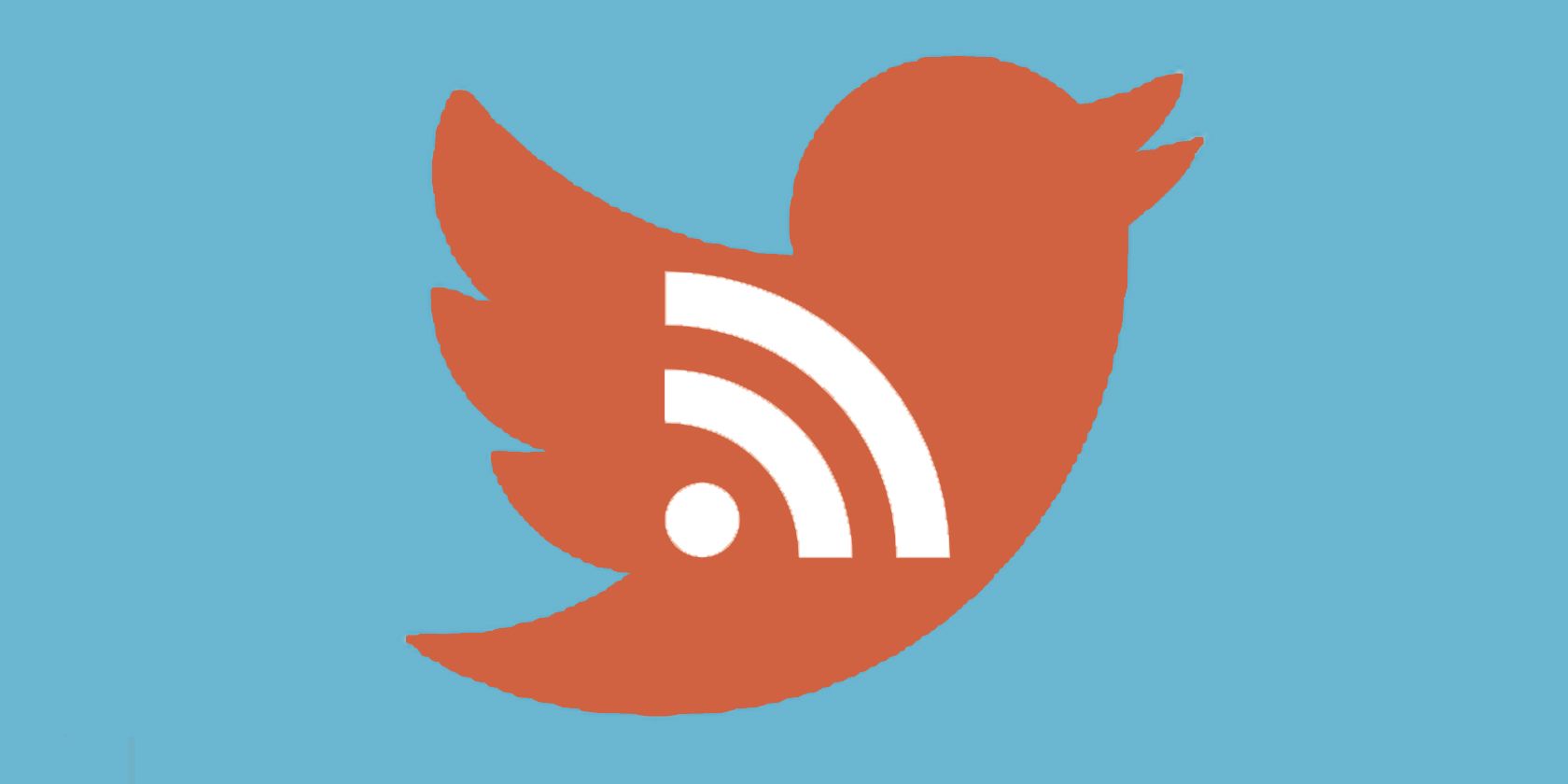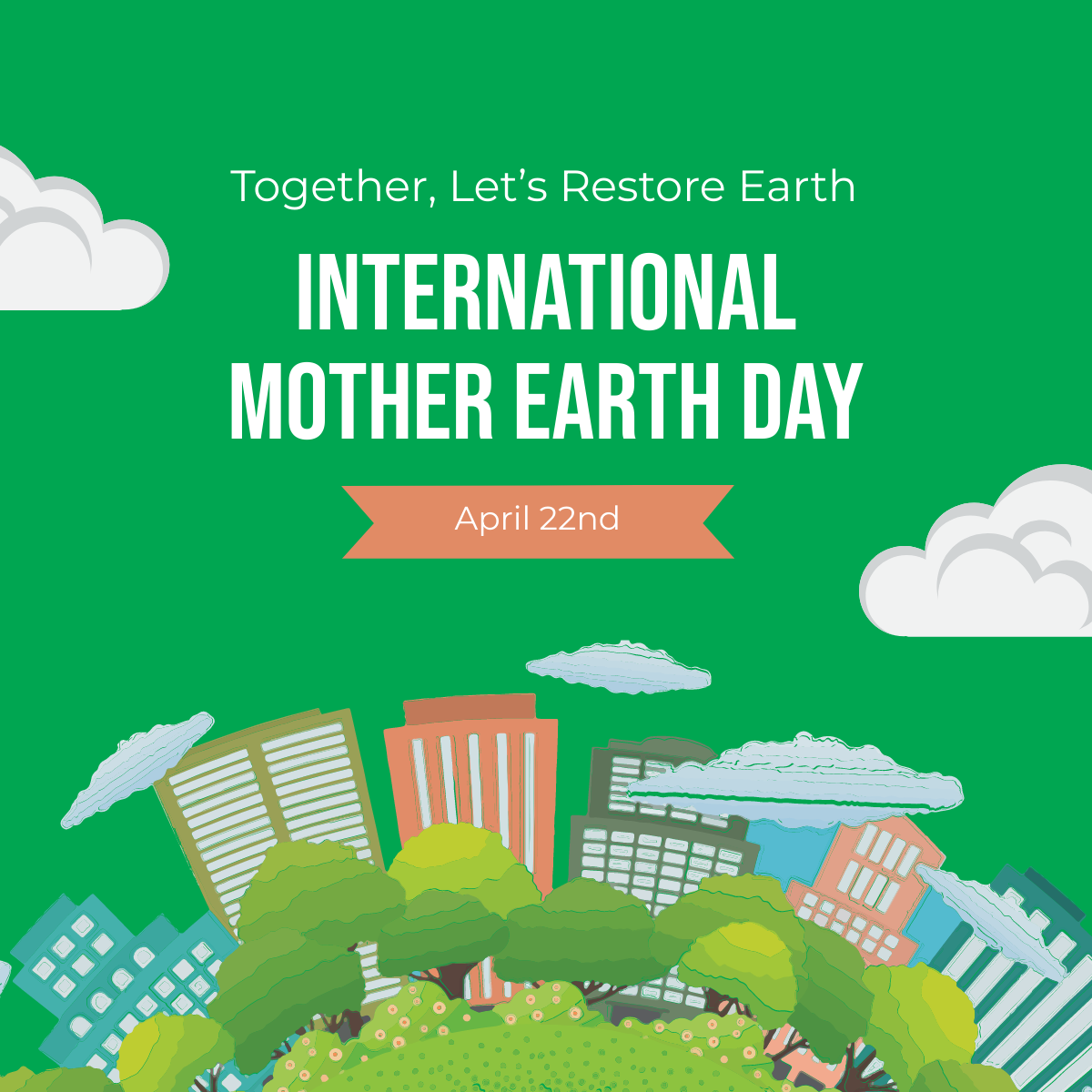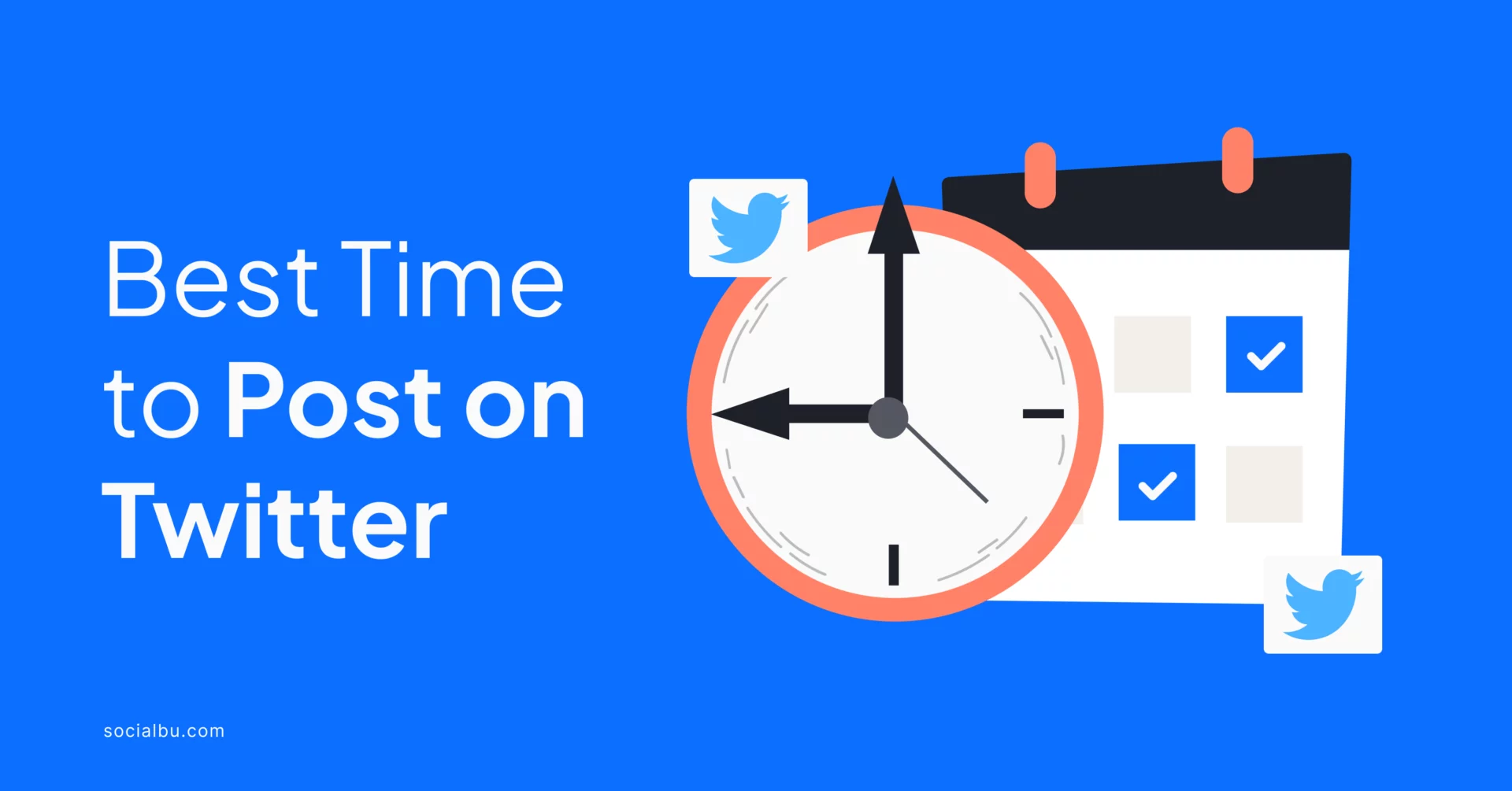Postmillennial Twitter - Connecting Online
Twitter, or what some now call X, has changed a lot over the years, and you know, it's pretty clear that younger generations have really put their own mark on it. This platform, which started as a simple way to share quick thoughts, has grown into a vast place where different age groups connect, or sometimes, sort of bump into each other. It's a space where voices come together, and the way people talk, share, and just exist online can feel quite distinct depending on who you are looking at.
When we look at those born after the year 2000, often called postmillennials, their approach to social spaces like Twitter has a certain feel to it. They've grown up with the internet always around, so being online is just a natural part of their daily life, you know. This means they often see digital places not just as tools, but as extensions of their social circles and personal ways of expressing themselves. It's kind of like picking out the right spot to sit for a long stretch; you want something that truly fits you and your way of doing things, something that feels just right for hours of interaction.
So, understanding how postmillennials use Twitter means looking at more than just the words they type. It means seeing the jokes, the inside references, the ways they build groups, and how they react to things happening in the wider world. It's about their unique way of making a spot for themselves in the big, busy online crowd. They really do shape the conversations in ways that are pretty interesting to observe, actually.
- Jhonny Faria Gay
- Plan B Twitter
- Buffpup Face Reveal
- Argentina Casting Lourdes
- Fidan Atalay If%C3%A5%C3%BFa
Table of Contents
- What Makes Postmillennial Twitter Different?
- How Do Postmillennials Shape Twitter Conversations?
- Are There Challenges for Postmillennials on Twitter?
- What's Next for Postmillennial Twitter?
What Makes Postmillennial Twitter Different?
When you spend some time looking at how postmillennials use Twitter, you start to notice some distinct patterns. Their presence there isn't just about sharing news or simple updates; it's often about building a specific kind of community, or you know, finding others who share very particular interests. They tend to gravitate towards niche groups and inside jokes, creating spaces where their unique sense of humor and shared experiences can really come alive. This isn't just about broadcasting thoughts; it’s more about finding a place that feels like a good fit, a spot where you can really settle in for a while and feel supported.
For many postmillennials, Twitter acts as a place for instant reactions and quick-witted comments. They often pick up on trends almost immediately, putting their own spin on things with memes, short videos, and clever text. This quick pace of interaction means that conversations can shift very quickly, moving from one topic to another in a flash. It’s like having a very responsive setup, where every part works together to give you the best experience, allowing for smooth, fluid movement between different online activities. They appreciate a platform that can keep up with their fast-paced thought process, which is, honestly, pretty common for them.
The way postmillennials express themselves on Twitter also shows a strong sense of personal style. They aren't afraid to be open about their feelings or share personal stories, often with a touch of irony or a self-aware chuckle. This openness can create a strong bond with their followers, making their online presence feel more genuine and less formal. It's about crafting an online persona that feels true to who they are, much like choosing a chair that supports your body in all the right places, allowing you to be comfortable and authentic for extended periods. They want their online space to reflect them, in a way.
The Vibe of Postmillennial Twitter
The general feel of postmillennial Twitter is often one of spontaneity and a bit of playful chaos. You might see a serious discussion suddenly turn into a string of funny images, or a simple question lead to a deep, heartfelt exchange. There's a willingness to mix different types of content and tones, which can make the platform feel very dynamic. This blend of serious and lighthearted content helps keep things interesting and makes the space feel less stiff, more like a casual hangout. It's pretty much a reflection of how they see the world, mixing different elements together.
You’ll also notice a strong emphasis on visual communication. Gifs, custom emojis, and short video clips are often used to convey emotions or reactions that words alone might not capture. This visual language is a key part of how postmillennials communicate, allowing for quick, impactful messages that resonate with their peers. It's a bit like having all the right adjustments on something you use a lot; every little detail helps you get your message across just right, making sure your online posture is always supported and clear. They really know how to use these tools, you know.
Another big part of the postmillennial Twitter vibe is the way they engage with popular culture. From television shows to music artists to internet personalities, their tweets often reference shared cultural touchstones. This creates a common ground for conversation and helps to build a sense of belonging among users. It's about finding those shared points of interest that make a connection feel natural and effortless, like settling into something that perfectly molds to your shape, offering unparalleled comfort and a great experience. They are pretty good at spotting these shared interests, as a matter of fact.
How Do Postmillennials Shape Twitter Conversations?
Postmillennials really do play a big part in shaping what gets talked about on Twitter. They often bring new ideas and fresh perspectives to the table, challenging older ways of thinking and pushing for discussions on topics that matter to them. This generation is quite vocal about social issues, environmental concerns, and matters of identity, using the platform to raise awareness and gather support. Their ability to quickly organize and spread information means that their voices can have a significant reach, influencing broader conversations. It’s a bit like having the right support for your back during a long session; it helps you stay focused and perform at your best, allowing you to contribute effectively.
They also tend to use humor and irony as tools for comment and critique. A seemingly lighthearted tweet can often carry a deeper message, making a point in a way that is both entertaining and thought-provoking. This approach helps them connect with a wider audience, as humor can often break down barriers that more formal discussions might create. It’s a clever way to make a strong impression and set a certain tone for interaction, ensuring their message is heard without being overly serious. They are pretty skilled at this, too, it's almost a natural talent.
Furthermore, postmillennials are very good at creating and participating in "call-out" culture, where they publicly address behaviors or statements they find problematic. This can lead to quick accountability, but it also sometimes sparks heated debates. Their willingness to confront issues head-on, even in a public space, is a defining characteristic of their online interactions. It shows a desire for things to be fair and right, and they use Twitter as a way to push for that, basically.
Finding Your Spot on Postmillennial Twitter
For anyone looking to connect with postmillennials on Twitter, or even just to understand their conversations, it's pretty important to get a feel for their communication style. They appreciate authenticity and a genuine interest in their perspectives. Trying to be overly formal or using outdated slang will likely not get you very far, you know. It’s about showing up as yourself, with a bit of an open mind, ready to engage in a way that feels natural for the platform.
To really find your spot, it helps to be aware of current internet trends and inside jokes. This isn't about trying to fit in perfectly, but rather showing that you understand the context of their conversations. Engaging with their content by adding thoughtful comments or sharing relevant memes can help you become a part of the discussion. It's like finding the right adjustments for something you use daily; a little tweak here and there can make all the difference in how comfortable and effective your experience is. They really do notice when you make that effort, apparently.
Another aspect is understanding the different ways postmillennials build their online identity. They might have several accounts for different interests, or they might use their main account to express a variety of facets of their personality. This layered approach to identity means that what you see on one part of their profile might not tell the whole story. It’s about recognizing that people craft their online presence with care, choosing what to share and how to present themselves, much like selecting the right material and design for something that will support you through many hours. They are quite intentional about this, in fact.
Are There Challenges for Postmillennials on Twitter?
Even though Twitter can be a great place for postmillennials to connect and express themselves, it also comes with its own set of challenges. One big one is the sheer amount of information and opinions flying around. It can be a lot to take in, and sometimes it's hard to tell what's true or what's just noise. This constant stream of content can feel overwhelming, leading to what some call "digital fatigue," which is pretty much like feeling worn out after a long stretch of intense activity, even if it's just sitting there. You need to find ways to manage it, basically.
Another issue is dealing with negativity or harassment. Because Twitter is so open, it’s easy for people to say hurtful things or gang up on others. Postmillennials, like anyone else, can be targets of online meanness, which can really affect their well-being. Finding ways to protect themselves, whether through blocking features or taking breaks, becomes quite important for their mental comfort online. It’s like making sure your setup has all the right safety features to keep you secure and free from unnecessary strain. They really have to be careful about this, obviously.
There's also the pressure to always be "on" or to have a perfect online presence. With so many eyes on what they post, some postmillennials might feel a need to curate their feed very carefully, which can be exhausting. The desire to make a strong impression and stand out can sometimes lead to anxiety about how they are perceived. It’s a bit like trying to make sure every introduction you make is perfectly unique and engaging; it takes effort and can be a source of worry. They often feel this pressure, you know.
Staying Comfy on Postmillennial Twitter
To stay comfortable and well on postmillennial Twitter, it's pretty helpful to set some boundaries. This might mean deciding how much time to spend on the app each day, or being selective about who to follow and what kinds of content to engage with. Just like picking out something that offers proper support for your back and body, choosing what to let into your online space can prevent a lot of strain. It's about making sure your online environment feels as good as possible for your long-term health, you know.
Learning to filter out unhelpful content is also a skill that postmillennials often develop. They might mute certain words or phrases, or use privacy settings to control who can see their tweets. These adjustments help them tailor their experience, making the platform feel more personalized and less chaotic. It’s like having options to adjust height and recline, allowing you to find the perfect position for your comfort and focus, making the overall experience better. They are pretty good at making these kinds of adjustments, as a matter of fact.
Finally, finding a supportive community within Twitter can make a huge difference. Connecting with people who share similar values and interests provides a sense of belonging and a safe space for expression. These connections can offer comfort and help them weather the less pleasant aspects of the platform. It’s about building a network of support that feels like a reliable foundation, much like choosing a brand that is known for quality and comfort, ensuring a good experience no matter how long you spend there. They really value these kinds of connections, honestly.
What's Next for Postmillennial Twitter?
Looking ahead, it seems pretty clear that postmillennials will keep shaping Twitter in interesting ways. As new features are added and the platform itself changes, their creative approaches to communication will likely lead to even more unique forms of expression. They are quick to adapt to new tools and often find uses for them that the creators might not have even thought of, you know. This constant innovation means the platform will probably keep feeling fresh and dynamic, reflecting the energy of this generation.
We might see an even greater emphasis on visual storytelling and short-form video content, building on current trends. The way postmillennials share their personal narratives could become even more creative, using a mix of media to tell their stories in compelling ways. It's about finding new methods to make a memorable splash and present themselves in a structured, engaging manner, always adapting their presentation to fit different settings and audiences. They are pretty good at this, as a matter of fact.
There's also the possibility that postmillennials will continue to push for more ethical and fair online spaces. Given their willingness to speak out on social issues, they might advocate for better platform policies or new ways to deal with online harm. Their desire for a comfortable and supportive online environment could lead to changes that benefit everyone. It’s like wanting the best possible design and quality materials for something you use every day, making sure it supports health and good performance for everyone involved. They really do care about these kinds of things, pretty much.
The Future of Postmillennial Twitter
The future of postmillennial Twitter will probably involve a continuous push for more personalized and customizable experiences. Just as people seek out something that perfectly fits their individual needs, this generation will likely seek out digital spaces that offer a high degree of personal control over content and interactions. This could mean more advanced filtering options, or perhaps even new ways to curate their own feeds to avoid digital strain. They really want their online space to feel like their own, you know.
We might also see a stronger focus on smaller, more private communities within the larger Twitter space. While public conversations will always be a part of the platform, postmillennials may increasingly seek out more intimate groups where they can share and connect without the pressure of a wider audience. This desire for more controlled environments reflects a need for deeper, more meaningful connections, where the focus is on shared interests and mutual support, much like finding a setup that provides comfort and quality without equal for long periods of time. They are pretty good at building these kinds of groups, too.
Ultimately, the way postmillennials use Twitter will keep evolving, shaped by new technologies and their changing needs. Their influence will continue to make the platform a place of innovation, expression, and sometimes, a bit of friendly debate. They will keep finding ways to make their online presence count, ensuring their voices are heard and their communities thrive. It’s a bit like making sure you have all the right tools to guarantee comfort, health, and good performance in your daily activities, always looking for what works best. They are always thinking about what's next, basically.
- Teamspeak Twitter
- Homemade Gay Sex Twitter
- Emily Schrader Twitter
- Ghfan10130 Twitter
- Krissy Lynn Twitter

How to Convert Twitter Lists Into RSS Feeds

Free International Earth Day Twitter Profile Photo Template to Edit Online

Best Time to Post on Twitter – When To Reach Your Audience?